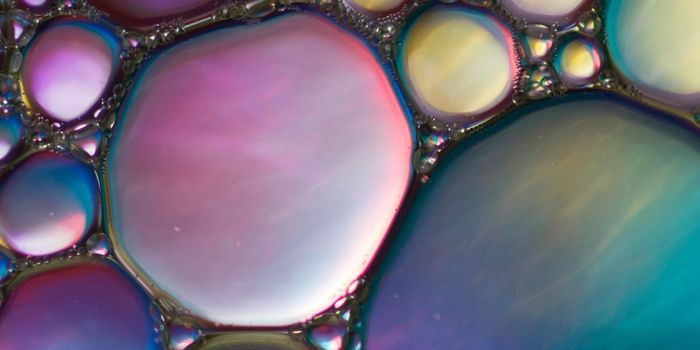Yours truly, microglia
The expedition to have molecular characterizations of either homeostatic (stable) and disease-associated microglia will front a new fight against the human nervous system disease. A sure mark to hit!
A typical microglial adorns its functions upon its chest, as a Scout would for his badges. Amongst those blazed across; phagocytosis (a cell-invader buffet), synaptic pruning (retirement of synapses), chemotaxis (moving about) and the crowning burden - neurogenesis (neurons birthed from neural stem cells) regulations and central nervous system (CNS) immunity.
A microglial - targeted therapy lofty goal is to keep the homeostasis and inhibit rogue microglial that may lead to inflammatory or any disease. Should it be chronicled as a book, one of the chapters will detail the fight to antagonize molecular targets, especially the ones chanting for MGnD (microglia degeneration phenotypes). Another episode would write of microglia drought through the inhibition of CSF1R - that depletes microglia (all the while reducing inflammatory profile in the Alzheimer’s disease (AD) mouse model).
Chapter 10 of the supposed chronicled book is about TAM receptors, that regulates non-inflammatory clearance of expired brain cell. Microglia with MGnD phenotype has a fluctuating expression of TAM’s constituents, hence the hope for therapeutic intervention. On the other hand - monoclonal antibodies (antibodies that either mimic, improves or reinvigorate the immune system) specific for microglial targets are to be developed; along with the chance of targeting microRNA -155 and -124. The former is part of innate immunity inflammation.
Microbiome has a hand and foot against microglia function and maturation, in respect to in sex- and time- dependant tease. Hence cementing the microbiome modulation to treat neurodegeneration through microglia effect. Microglial functions are discriminated through biomarkers, involving well-documented imaging methods.
The reason therapeutics targets had to be critically found; to combat microglia’s role in disease and ageing. Aged microglia inducts hypersensitive and pro-inflammation phenotype, nicknamed as primed microglia. In AD, its unsure if microglia enables or detriments AD’s progress, for it surrounds the amyloid plaques. Autism spectrum disorder (ASD) is marked by microglial dysfunction. This was in writing, reduction in microglia number and synaptic pruning deficit contributes to it, due to age-related changes that reflect the microglia function development. In multiple sclerosis (MS), microglia has transcriptional phenotype similar to AD, where they adopt pro-inflammation phenotype and expression of phagocytic-related markers. As for Parkinson’s disease - activated microglia are present.
Microglia have features that made it possible for them to be the Devil’s advocate. These actors oversee synaptic and axonal pruning by wolfing the extras away during development, attracts monocytes to CNS; that is important for neuroinflammation. It announces chemotaxis for the monocytes and immune cell recruitment. Impairment in monocyte recruitment will accelerate disease progression. In neurogenesis, microglia help by once again wolfs through the cells excess and secretes cytokines.
Microglia are the constituent of primary innate immune cells in CNS, hence exhibiting a signature. The signature has a specific transcriptional profile and surface protein expression pattern. This walk has to be taken to better understand the differences between homeostatic (stable) and disease-associated microglia. This way, new therapeutics can be developed. This way, help will come;
To whom it may concern.
For more hear on microglia, refer to the video below for enlightenment
Sources: Nature Reviews Neuroscience, Nature.com










